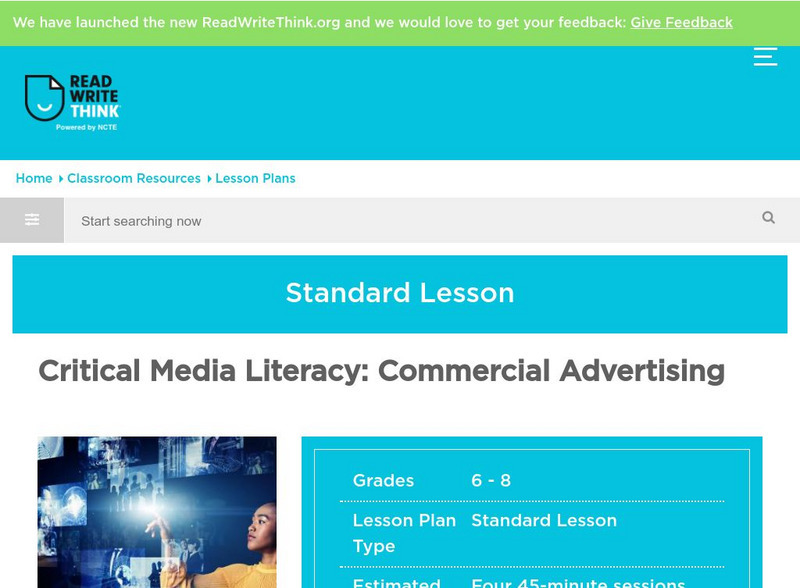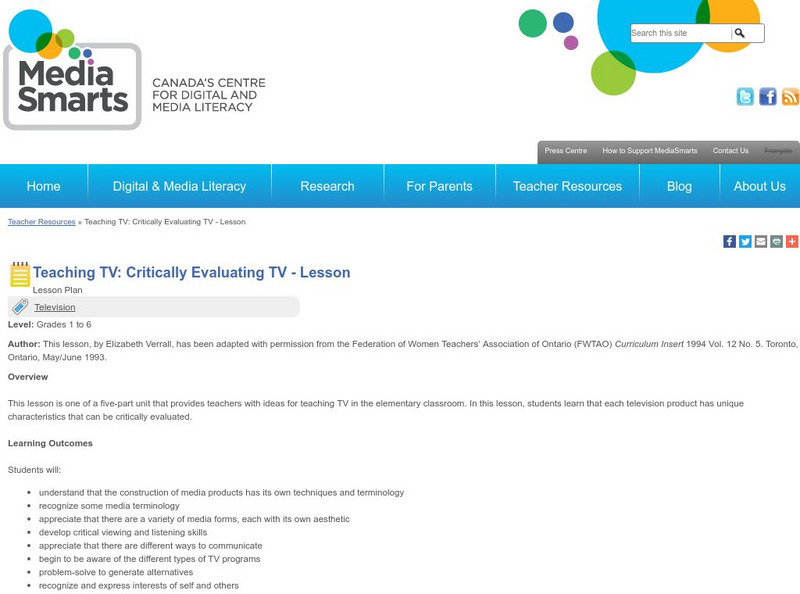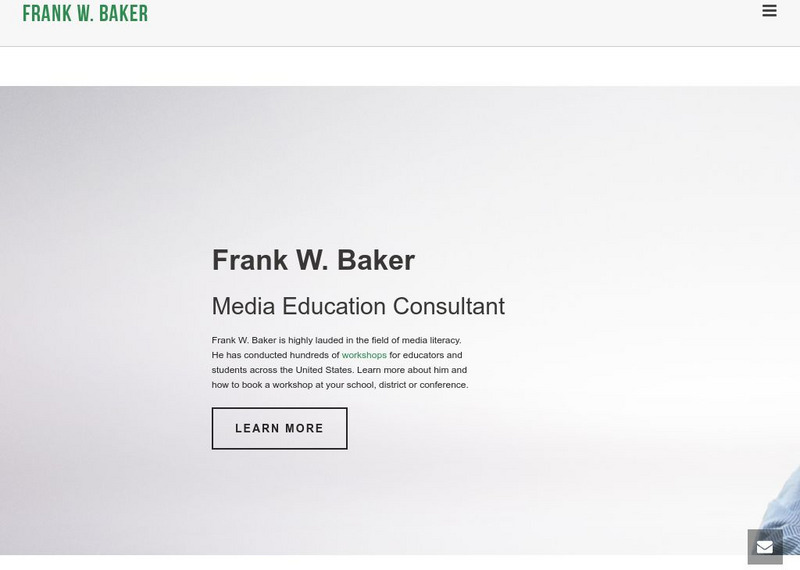Curated OER
Invisible Workers
Students interview people who work in a variety of fields and explore the requirements, opportunities, and unique characteristics of their jobs. As preparation, they brainstorm what they think the expression "invisible worker" might mean.
Curated OER
Non-Objective Constructed Sculpture
Students begin their examination of non-objective artwork. Individually, they participate in activities in which they take designs within other images and use them for their focus in their art. They create a sculpture with the new...
Curated OER
Skellig
In this Skellig worksheet, students read to understand the works of David Almond and learn about his life. Students read eleven passages and then answer ten questions related to reading for meaning and understanding the author's craft.
Curated OER
Count it, Glue it, Read it!
Students identify numbers 1-10 and count objects to match corresponding numbers. In the number sense lesson, students create a counting book, matching numbers they've written on index cards with the correct number of items (beans,...
Curated OER
Critter Characteristics
Learners explore the adaptations of deep sea life forms. In this science lesson, students watch a video to observe characteristics which allow for the sea creature to thrive in it's environment. Learners determine the physical,...
Curated OER
Testing Weather Proverbs
Middle schoolers study weather proverbs. In this weather lesson, students list weather proverbs and complete the worksheet to test the proverb. Middle schoolers design an experiment to test the weather proverbs and conduct the experiments.
Curated OER
Inventing and Presenting Unit 3: Persuasive Speaking and Invention Promotion
Middle schoolers write a proposal for a speech. Students prepare appropriate visuals for use in the proposed speech. Middle schoolers produce one or more graphs that summarize the results from the experimentation. Students deliver an...
Curated OER
Breaking Barriers with Melba Pattillo
Students are introduced to individuals who made the civil rights movement a success. They examine, analyze and interpret the events and people who had a significant and stirring impact on the course of history through stories, interviews...
Curated OER
Inventing and Presenting Unit 2: Effective Speeches and Building the Invention
Students identify the characteristics of effective speeches. Students find elements of good speeches in the text and in the delivery of model speeches. Students build a working three-dimensional model of an invention or an actual...
Curated OER
Before You Were Mine
Young scholars discuss animal adoption and pet care. In this pet lesson, students listen to the story Before You Were Mine by Maribeth Boelts. They discuss animals body language, feelings, and how to best car for them.
Curated OER
Voyages: Wild Weather
Students examine the causes of extreme weather. In this weather lesson, students read Voyages: Wild Weather by Caroline Harris. Students conduct further research by accessing selected websites.
Curated OER
Inventing and Presenting Unit 1: Analyzing Nonfiction and Inventing Solutions
Pupils read about and identify patterns in the invention process. Students discuss and write about information learned from research. Pupils compile a list of problems, choose one, write a problem statement, and compile a list of at...
Curated OER
Choosing the Best Hits
Students practice quickly scanning the results of an internet search to determine which might provide the best information. They choose key words or phrases to type into the search engine and read the descriptions of each hit.
ReadWriteThink
Read Write Think: Critical Media Literacy: Commercial Advertising
In this lesson, young scholars will examine mass media critically and become aware of how much advertising is around them. They will realize the impact media has on social equality, what people buy, and on culture.
Media Smarts
Media Smarts: Looking at Food Advertising Lesson
MediaSmarts provides digital and media literacy lessons for students. In this lesson, young students will learn about the importance of spokescharacters for companies. Then students will create own jingles and spokescharacters for foods...
Other
Media Education Lab: Assignment: Media Literacy: Secondary School
A well-done set of units that helps teachers teach the importance of media literacy to their students. Click on Secondary School Introduction to see a video of teachers in the classroom instructing students in ways of using and...
Common Sense Media
Common Sense Media: Education: Social Media and Digital Footprints: Our Responsibilities
Social media can be a place to connect, learn, and, most of all, share. But how much do kids know about what they're sharing - and not just about themselves but each other? Help students think critically about their digital footprints on...
Media Smarts
Media Smarts:teaching Tv: Critically Evaluating Tv Lesson
MediaSmarts provides digital and media literacy lessons for students. In this lesson, students will learn to watch and listen to a television with a critical lense
PBS
Pbs Learning Media: Why Is Fake News So Effective?
This lesson frames the controversial issues of fake news and trust in the media with the historical context of yellow journalism and sensationalist reporting. Learners learn strategies for improving their media literacy and will be able...
New York Times
New York Times: Evaluating Sources in a 'Post Truth' World: Fake News
[Free Registration/Login Required] Need help determining fake news from real news? This seems to be a problem today. Find practical activities and questions to help navigate a media landscape in which it is increasingly difficult to tell...
Media Smarts
Media Smarts: Can You Spot the Ad?
MediaSmarts provides digital and media literacy lessons for students. In this lesson, young students will learn how to differentiate "branded" and brands" in content. Students will also learn learn strategies and goals of advertisers.
Media Smarts
Media Smarts: Teaching Tv: Enjoying Television Lesson
MediaSmarts provides digital and media literacy lessons for students. In this lesson, young students will become reflect about television programs they enjoy and analyze why they enjoy them.
Other
Media Literacy Clearinghouse: Critically Viewing Photographs: Civil War
Was it possible to manipulate photographs during the Civil War? Teach your students about critical viewing through this innovative lesson and engage them in discussion, analysis and research to explain their findings.
Media Smarts
Media Awareness Network: Lesson Plan: How to Analyze the News [Pdf]
Lesson plan focusing on the importance of understanding how the news is a product with a specific scope, structure, slant and style at the forefront of its production.




















